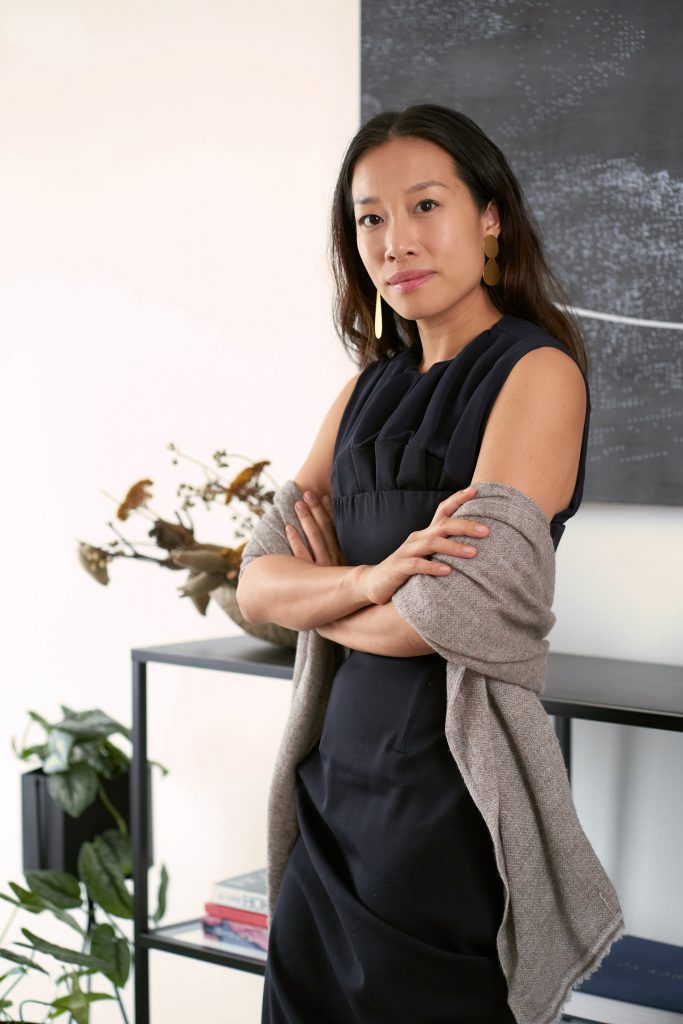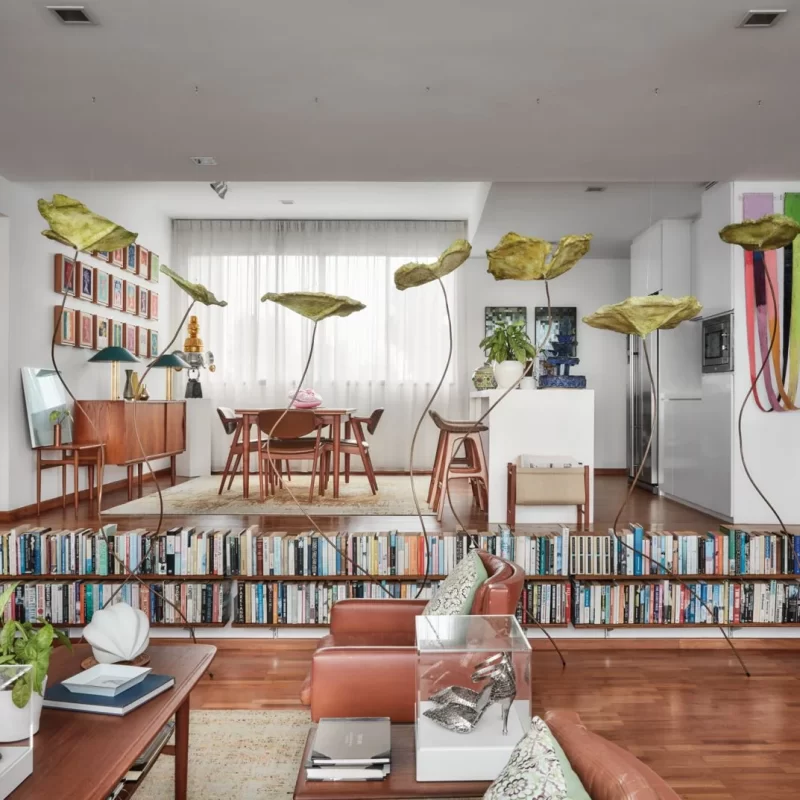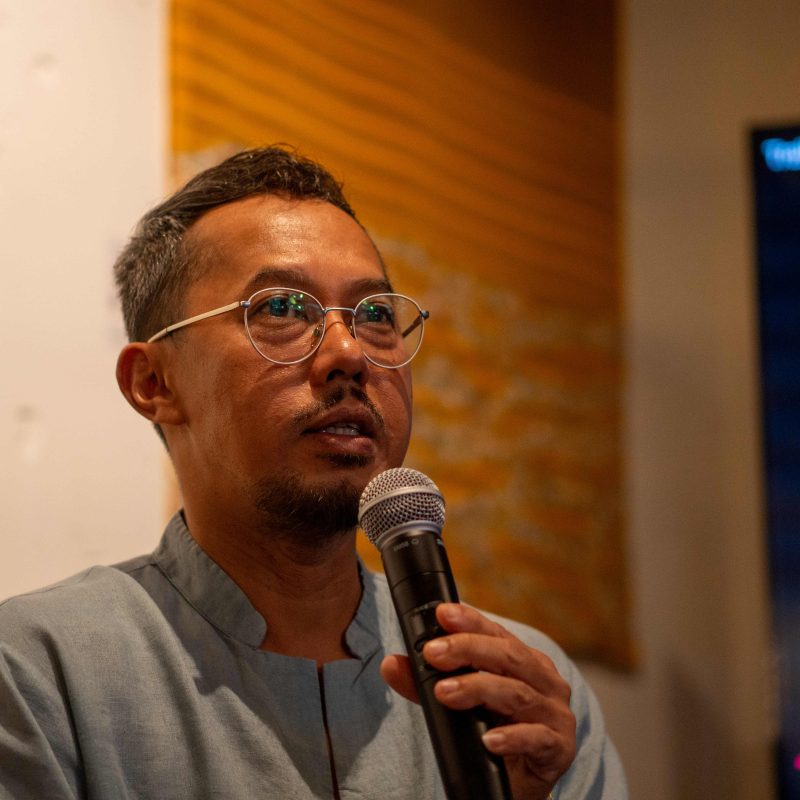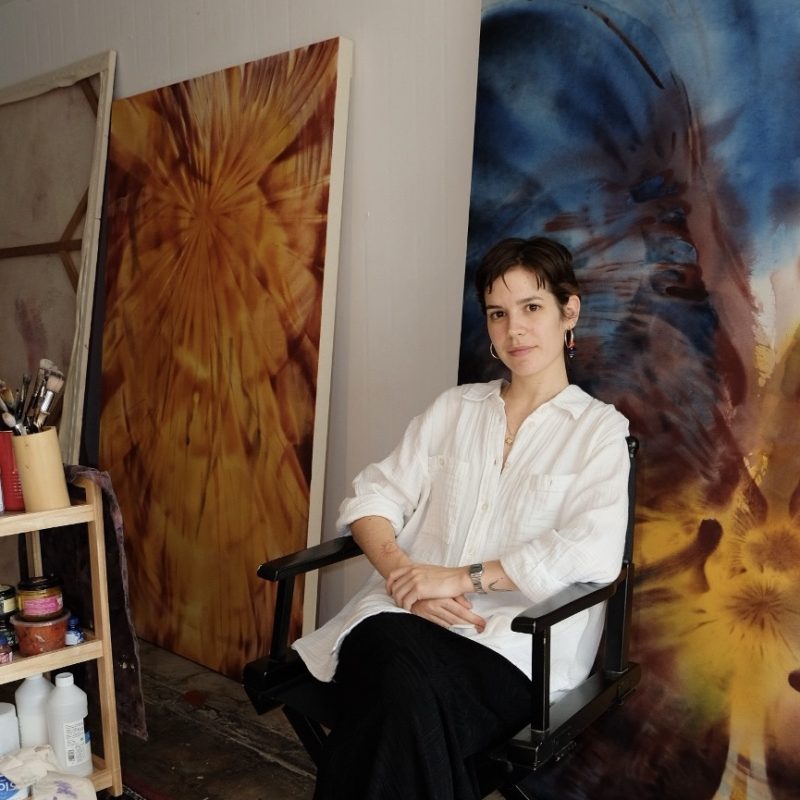Metis’ Co-Founder Christina J. Chua speaks on her background as an art world professional and expounds her vision as creator and instructor at the upcoming event The Tetrad.
1. Can you share a little bit about what you were focusing on before starting Metis and some of your other projects?
After several years of working at galleries and art writing, the first business I started was an online platform and publication called so-far. As it is positioned at the intersection between art and technology, it satisfies my personal interests in new media and experimental practices at the fringes of the traditional art world. so-far also functions as an incubator for emerging artists, finding networks, opportunities, gallery exhibitions and more to nurture their practices.
2. With a background of working at various galleries and dealing art, how did you decide to incorporate teaching and education at the core of Metis?
It was my work with emerging artists through so-far, and prior to that a home-grown gallery called Yeo Workshop, that convinced me that education was essential to developing true, risk-taking and long-term collectors. In a small and rather conservative art market like Singapore’s, I found myself struggling to deal in video, installations or performance art, and knew that I had to back up a few steps and start from scratch to bring collectors to that level of comfort. At the same time, my partner Cliff Hartono was looking for tools and resources to develop his own collection, so the pieces of Metis began falling into place.

Christina J. Chua
3. Trying to condense the complexities of the art world into four sessions in a manner that is compact yet comprehensive can be tough and is a practice in itself. Can you say a bit about the process of crafting the curriculum? How do you make the decisions of choosing what to include and what to leave out and what are the main influences in contextualising each Tetrad session?
There’s a gap in the market for the resources and tools available to learn about contemporary art. Either it’s about the business and the market industry, or it’s extremely academic and art historical. I wanted to draw connections between these two spheres while rooting art history in world events, prevailing philosophies, technological developments, and other more relatable contexts.
To make it as practical as possible, I consulted Cliff on his perspective as a novice collector and what he would like to learn, whether it was how to read the nuances within an artist’s CV to understand pricing; how to respond to seemingly more opaque, conceptual work with frameworks like institutional critique; or what black matter lay behind the media hype around art auctions when considering blue chip art as an “asset class”.
Since the Tetrad is our version of “Art 101”, we chose to leave out the finer details around particular movements and artists since you could potentially go down a rabbit hole of art history. We have provided recommended readings in the notes if attendees would like to discover more.
4. For a moment, pretend you are on the other end of the room attending the course. What would you say is your favourite aspect of The Tetrad?
In the first module, ‘The Broad Strokes of Art History’, there’s a crucial pivot from a largely Western and male-dominated trajectory of art history to a more post-colonial, global perspective where previously minor or hidden narratives surface. We are in a moment where art and cultural history is shifting profoundly, and it’s wonderful to be a small part of that.
5. Lastly, how do you envision The Tetrad contributing to the larger art ecosystem, and what will attendees get out of it?
The Tetrad is a tool that actively develops emerging art markets by inducting new collectors, who can go beyond buying a print for the home, to thinking about building a collection. By the end of the course, hopefully attendees feel confident in every part of the collecting process. They would have the vocabulary to speak about art, ask the right questions at galleries, and have the sense to know that the price is right when they’re considering an artwork. Overall, the Tetrad is meant to make art and collecting art less intimidating, and it is our recommended first step towards a lifelong journey of discovery.
–
Connect with Christina:
The Tetrad will take place on 15 & 22 May, and 19 & 22 June at Straits Clan/Mandala Club.*
*These instalments of The Tetrad are fully booked. Please email us at team@metisart.co to express your interest for the next instalment of The Tetrad in August.








